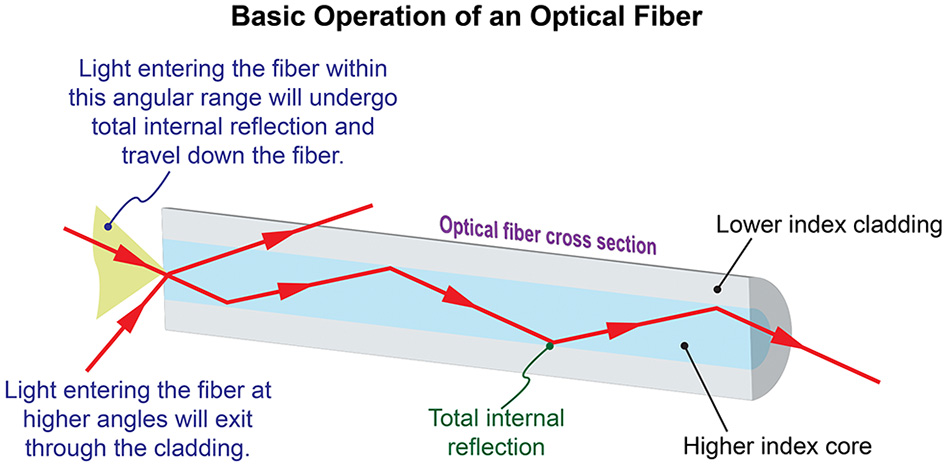|
Other Important News
|
|
Terminologies related to sikihism
|
Udaasis
|
It is a religious, ascetic sect, sampradaya (tradition) which considers itself as denomination of Sikhism, and focuses on the teachings of its founder, Sri Chand (1494-1643), son of Guru Nanak Dev.
|
|
Nagar Kirtan
|
Sikhs celebrate Guru nanak jayanti with a procession called Nagar Kirtan.
|
|
Janamsakhis
|
Biographies of Guru Nanak, the founder of Sikhism.
|
|
Kaba
|
It is a cube-shaped structure in Mecca that is considered holy.
|
|
Langar
|
It is a place where people contribute their labour and help the needy through acts such as cooking food for them at the gurudwaras.
|
|
Angad
|
Meaning - My own limb , Guru Nanak Dev said that Lehna (one of his disciple) as Angad instead of his own son who is not inclined towards spirituality.
|
|
Ntim
|
Word
|
|
Dan
|
Charity
|
|
Isniin
|
Ablution
|
|
Sevii
|
Service
|
|
Simran
|
Prayer
|
|
|
MQ-9B Predator drone
- India is looking at sealing a landmark deal to procure 31 MQ-9B Predator armed drones from the U.S. under a government-to-government framework by March next year.
- The General Atomics MQ-9 Reaper (sometimes called Predator B) is an unmanned aerial vehicle (UAV, one component of an unmanned aircraft system (UAS)).
- It is capable of remotely controlled or autonomous flight operations, developed by General Atomics Aeronautical Systems (GA-ASI), U.S.
|
|
Booker Prize for fiction
- Irish writer Paul Lynch wins Booker Prize with dystopian novel 'Prophet Song' recently.
- Prophet Song - It is about a woman’s struggle to protect her family as Ireland collapses into totalitarianism and war.
- Booker Prize – It is founded in 1969, is open to English-language novels from any country published in the U.K. and Ireland, and has a reputation for transforming writers’ careers.
|
|
Free visas by Malaysia
- Malaysia will grant a 30-day visa-free entry for Indian and Chinese citizens.
- Thailand and Sri Lanka has already announced free visas to foreigners including India to promote tourism.
- The 30-day visa-free entry is also currently enjoyed by 8 ASEAN countries for the purpose of social visits, tourism and business.
|
|
Avdiivka & Robotyne
- Russia was intensely attacking the eastern town of Avdiivka and the southern village of Robotyne in Ukraine recently.
- Avdiivka is an industrial hub in Donetsk region. The city is a former coal hub and is home to the large Avdiivka Coke Plant.
- Robotyne is a village in Ukraine. It's located in Polohy Raion, Zaporizhzhia Oblast. Robotyne was the 1st Ukrainian breach in Russian lines of defense.
|
|
Migrated Butterflies
- Coinciding with the onset of the Northeast monsoon the butterflies from the subfamily Danainae migrate from the Eastern Ghats and plains towards the Western Ghats was below par this year.
- Butterflies -Blue Tiger, Dark Blue Tiger, Double-branded Crow, and Common Crow (commonly known as ‘Tigers and Crows’).
- Blue Tiger - Tirumala limniace is a Nymohalidae butterfly popularly known as Blue Tiger. It is commonly seen in villages, cities and forests.
- Dark Blue Tiger - Tirumala septentrionis is a Danaid butterfly found in South and Southeast Asia. It is known as Dark Blue Tiger.
- Double-branded Crow – Euploea sylvester, the double-branded crow, or two-brand crow in Australia, is a butterfly found in South Asia, Southeast Asia and parts of Australia.
- Common Crow - The common crow butterfly (Euploea core) is found in South Asia and Australia. In India, it is also known as the common Indian crow. In Australia, it is called the Australian crow.
|
|
Pazhaverkadu (Pulicat) Estuary
- The National Board for Wildlife (NBWL) has given approval to construct training walls at the Pazhaverkadu estuary to stabilise the bar mouth, which often gets closed due to silting.
- Pazhaverkadu or Pulicat is a vast brackish water lake with 3 estuaries situated in Thiruvallur district of Tamilnadu.
- Pulicat Lake is the 2nd largest brackish water lake in South Asia, after the Chilika Lake in Odisha.
|
|
Peralassery Subrahmanya Temple pond
- The Peralassery Subrahmanya Temple pond in Kannur, Kerala has found place in the list of 75 water heritage sites of India.
- It is locally known as Aynivyal pond. It is situated on the banks of the Anjarakandy River.
- There is no provision under the Ancient Monuments and Archaeological Sites and Remains Act, 1958 to declare a site as a “Water Heritage Site” under Archaeological Survey of India (ASI).
- However, the Ministry of Jal Shakti had constituted a Committee to identify 75 Water Heritage Structure (WHS) in reference to 75 years of India's Independence.
|
|
AI's secure by design
- US, Britain, 18 other countries ink agreement to make AI 'secure by design' recently.
- The agreement is non-binding, carries mostly general recommendations such as monitoring AI systems for abuse, protecting data from tampering and vetting software suppliers.
- 18 countries that signed on to the new guidelines include Germany, Italy, the Czech Republic, Estonia, Poland, Australia, Chile, Israel, Nigeria and Singapore.
|
|
Fathima Beevi
- India’s 1st woman Supreme Court Justice Fathima Beevi passes away recently.
- She was born in Pathanamthitta, Kerala in 1927. She was appointed to the Supreme Court in 1989.
- She had also served as the Governor of Tamil Nadu from 1997 to 2001.
|

